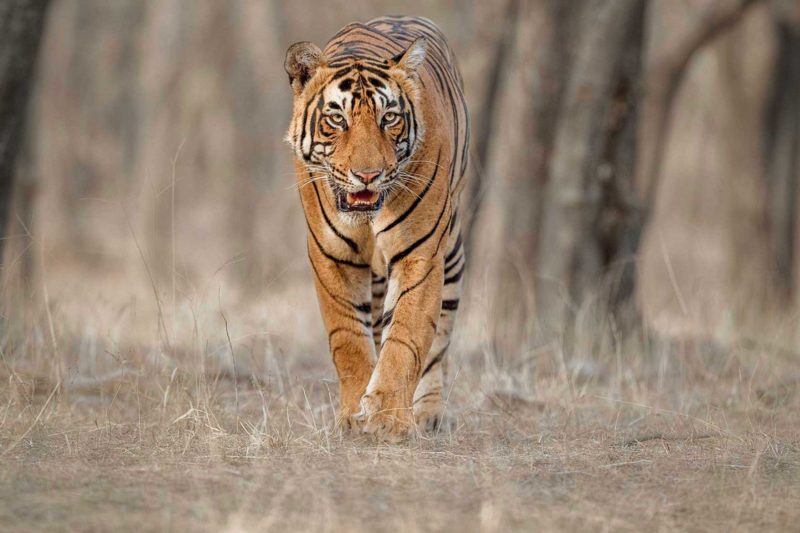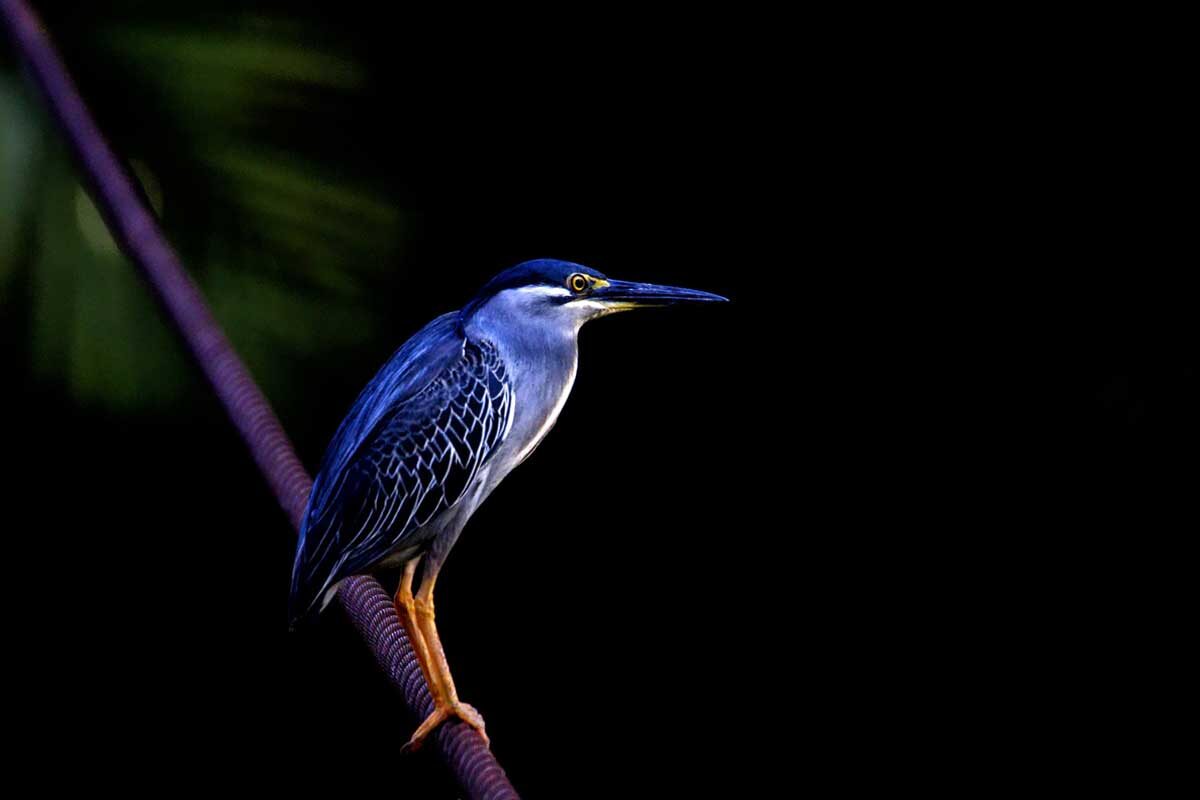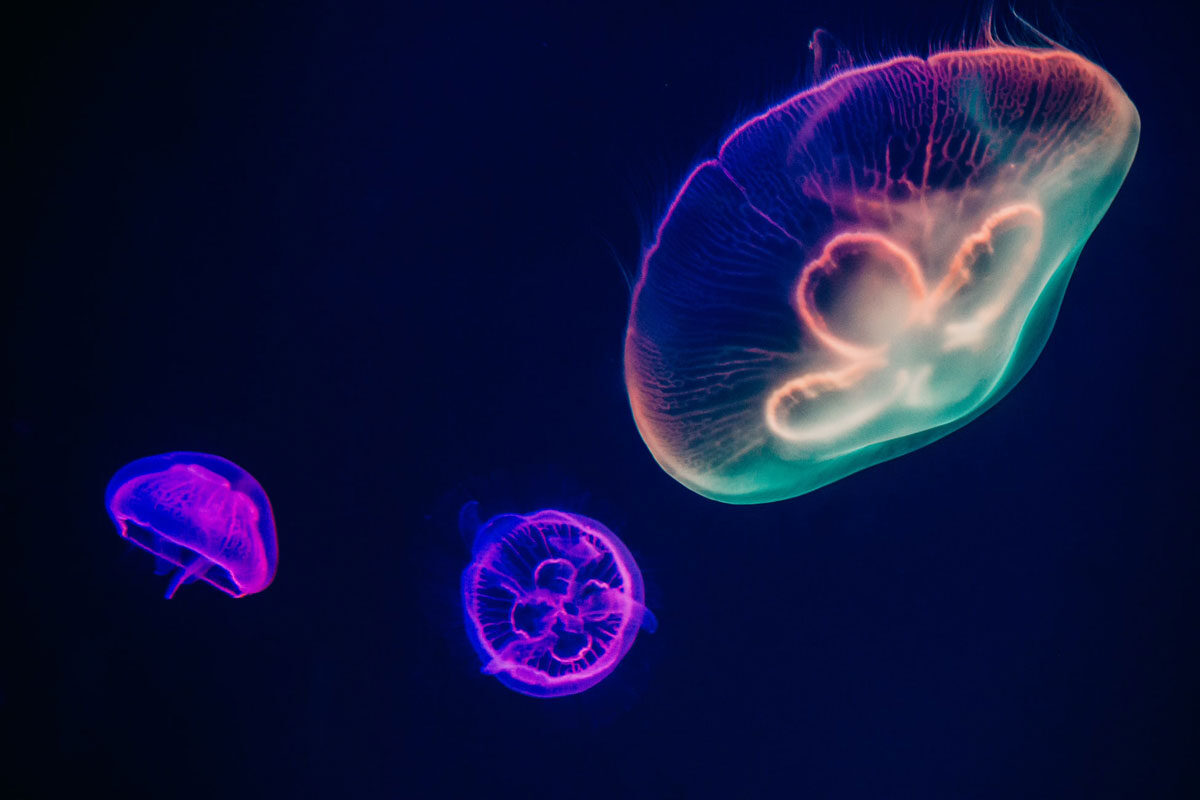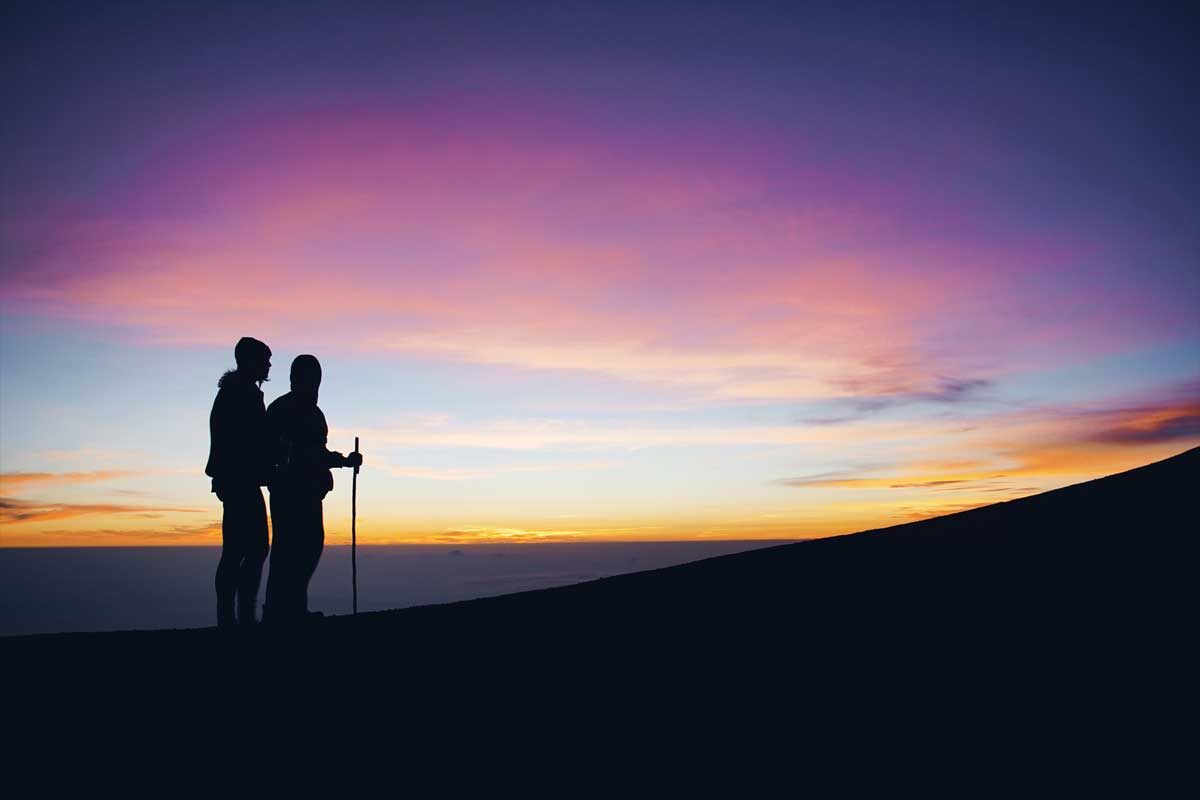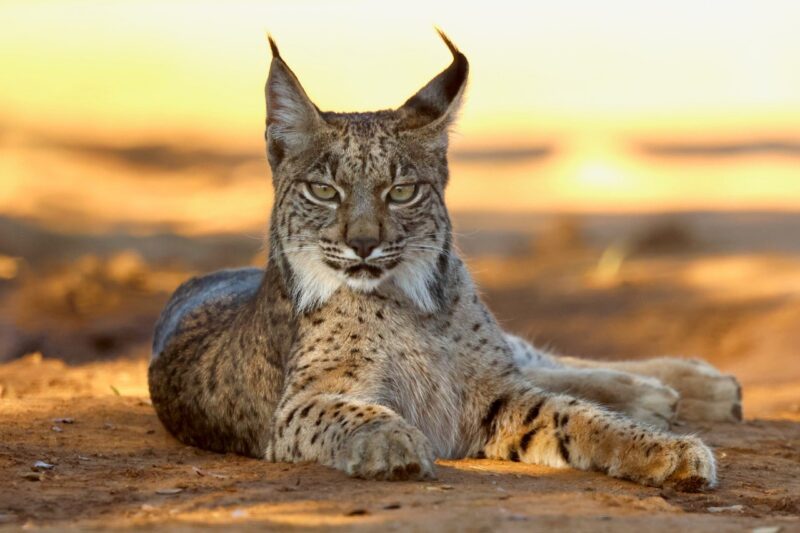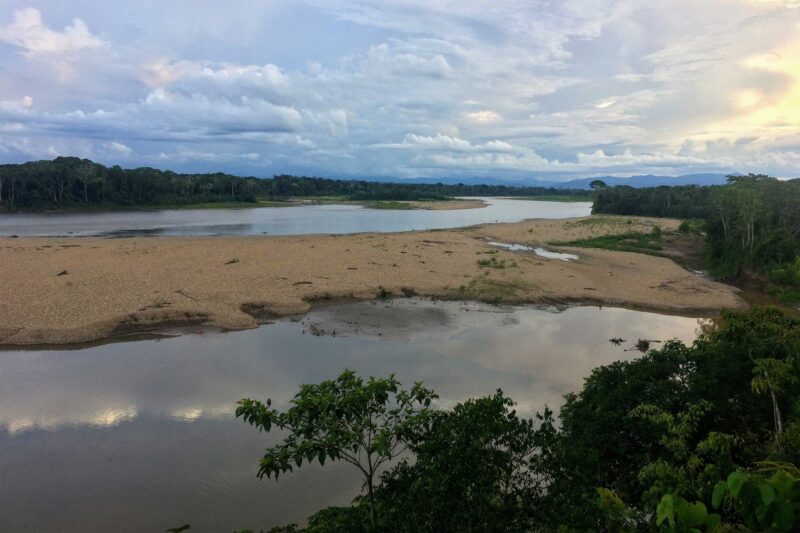In 2019 we have some fabulous Reef and Rainforest Photography Group tours planned, and we would like to introduce one of our Group leaders to you. Harry Skeggs is an incredibly talented photographer on a mission to capture the wildest moments, in the wildest locations, but also to share his photography tricks and knowledge by joining up with us to deliver photography tours. In April 2019 he will be leading our Wildlife Highlights of Central India Tour, then in June 2019 he will be leading a photography group to Papua New Guinea. Places are still available and details are below.
Here is a short Q &A with Harry that could inspire you to pick up your camera and join him in either India or Papua New Guinea –
Describe how you became a wildlife photographer?
This just happened naturally over time really. My love of wildlife started as a young child, coming from a family of total dog lovers, as a result I have always felt strongly about the importance of animals. I was totally enthralled by the Attenborough tv series growing up and this remains a huge influence for me. When I began to fall in love with travel as a young man I picked up a camera for the first time, and after a lot of frustration with it, I began concentrating on capturing animals, particularly trying to encapsulate their emotions and how they interact with their environment. As I am passionate about the subject, it is easy for me to invest a lot of energy, dedication and patience into it – all of which are required to find a way to break through in a difficult industry. As an amateur I started entering some competitions, just for fun really, and I started winning a number of them and suddenly this career, which I never planned, but which I was rapidly falling in love with, unravelled in front of me and I decided to just jump and see where it lead!
Did you always want to be a wildlife photographer?
No not at all, it almost happened as a by-product. I studied art history at university so was relatively well versed in art principles, but I actually used to actively dislike photography, instead I wanted to be a painter. However this wasn’t a natural partner for travelling, taking far too long to be practical. As a result I first picked up a camera as a means purely for documenting what I saw. But, as with a lot of things I do, I got frustrated by the poor results and resolved to get better. By investing some time in it and by learning from my (many) mistakes I began to move forward and this was addictive – an addiction I continue to feel and remains a driving force for me. I have never been taught, other than the study of art masters at university, so I am really a product of everything I have got wrong!
What kind of challenges do you tend to face when working on your assignments?
The huge difference between working on a contracted assignment and normal travel shooting is the pressure. There are certain shots you know you need, and with wildlife you just can’t guarantee what’s going to happen. You live on edge knowing that the moment might not materialise, and if it does you will likely have a fraction of a second to capture it. You need to know your camera inside out and be constantly prepared to not miss your moment, as it will likely not come again. There have been times where I lie awake at night thinking – I just haven’t got the shot I need, what happens if I don’t get that chance? In the end, with wildlife photography where nothing is guaranteed, it’s about keeping really open to what unfolds and seeing the moment as it happens, even if it’s not the one you planned or you were looking for originally, often it can be better than what you had in your mind, if you only let it. You just can’t chase the story in the same way, it has to come to you. This pressure feeds into everything. On my recent Botswana trip for instance, my luggage never arrived, which meant I was missing some key bits of gear, including battery chargers. Not coming back with the shots wasn’t an option as I had a job to do, so I had to improvise in a lot of ways to shoot this article. This included jerry rigging battery chargers with rather dubious Botswanan paper clips (please don’t try at home), and a lot of handholding of the monstrous 600mm f/4 (as I had no monopod). But in the end this pressure forced me to get the results I needed and I learned a lot in the process!
Give us some information about your kit – What camera/s do you mainly use, preferred lenses and any essential accessories you always/often use?
When I first decided I wanted to get into photography I bought a second hand Nikon D40 and I have never turned back from Nikon since, they have always kept up with my expectations and almost always out performed them. I like to shoot with two bodies as with wildlife photography you often don’t have time to change lenses. As a result I tend to use a high frame rate camera like the D5 with a telephoto lens and a higher resolution camera with a wide angle. For example on my recent Botswana assignment I had a D5 with a 600mm f/4 and a D850 with a 24-70. I find that I usually want to be wide or dialed, not caught in the middle, so these work well for me, but I do keep another lens on hand that fills the focal gap, for example a 70-300 or 150-500. Increasingly I have been taking more environmental portraiture shots as well, as indigenous cultures also fascinate me, and here the Nikon 105mm f/1.4 lens is absolutely peerless – the most perfect bokeh and incredible clarity.
If you could change anything about your work, what would it be?
Sorry, I’m going to be a total cliché and say very little. You wouldn’t do this job unless you were 100% in love with it. Yes it’s not the most lucrative jobs in the world, but I do consider myself enormously privileged to spend so much time with so many beautiful living creatures. Its a privilege and I will never forget it!
What has been your biggest obstacle to date in your pursuit of photography – and how did you overcome it?
The difficulty of travel/nature photography is sustaining it as a viable business. The expenses involved are huge, what with flights and accommodation all the way through to jaw droppingly expensive telephoto lenses. The key for me was, surprisingly, to concentrate less on profit but more on minimising expenses. By leveraging my social media I am able to work with amazing brands via sponsorships and exchanges such that I can travel on a completely cost free basis. This allows me to take up opportunities that don’t necessarily pay well but offer the best exposure, and I feel that has helped propel me forward.
Who would you say are your biggest influences?
David Attenborough has to be a key influence, he really drove home the beauty and importance of wildlife and if my work could do a single percent of what he has done for conservation efforts that would be humbling. The other would be the fine art photographer David Yarrow. He has almost single handedly pulled wildlife photography into the upper echelons of gallery fine art and, alongside it, has been relentless in using it to promote charitable causes and the messages that the world needs to hear.
What are your hopes for the future?
I am moving more from editorial work to fine art and gallery work and this is an exciting new avenue, mostly because it allows me to be bigger and bolder with my work. I do believe that photography is every much an art form as painting and sculpture so I look forward to working within that world. I am also fortunate to have some fantastic representation through the likes of Eunice Olumide and this backing is both humbling but also promises a new level. But really all of this is fundamentally the mechanism to support what I always wanted my work to do, to provide a platform to both share the beauty of our natural world and to garner awareness for those that call it home.
Do you have a dream assignment?
I am drawn to the wild and more adrenaline focused shoots. Getting under the waves with tiger sharks was exhilarating and I will be doing more work underwater off the back off that. But I am in constant search of wildernesses so places like Antarctica, Papua (which I have visited and am leading a tour to in July) and Roraima in Venezuela are all high up my list.
What one piece of advice would you offer to other aspiring wildlife photographers?
I think the real challenge with wildlife photography is being noticed. Virtually everyone has access to some form of camera these days and today people can travel on an unprecedented scale, so wildlife photography is no longer purely for the professionals. So the key is to try to look at things a little differently. Get high, get low, play games with your photography – do anything to change the perspective of the things you see and this will help you be different. Don’t be afraid to make mistakes – we all do, better to try and fail than be safe.
The Wildlife Highlights of Central India with Harry Skeggs – Departing 9th April 2019, £4294 – Click here for more information.
Papua New Guinea Photography Group with Harry Skeggs – Departing 28th June 2019, £6978 – Click here for more information.
